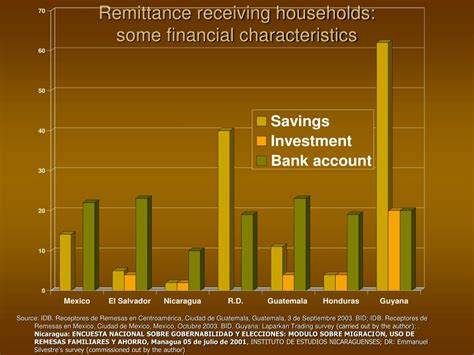The Philippines is no different than many other countries with an expanding diaspora that stays connected to home by regularly sending income back via money transfers and remittances. This economic return flow provides a significant foundation for many such countries, sometimes making up close to 9 percent of the gross domestic product in home spending. Families and relatives have supported this system for decades, ever since modern travel allowed people to move halfway across the world to find better opportunities.
The concept of remittance is simple; a family member packs their bags and moves to a location where better work is available and the pay produces far more income than possible at home. That worker then takes their regular pay and, as much as possible, sends it back monthly to the family at home waiting for the sent support. The critical conduit, of course, is the money transfer service that connects the worker abroad to the family at home.
Huge Money Movements Catch Attention
Asia alone sees an extensive flow of remittance income from the U.S., Europe, and now other locations where work continues to need large numbers of human resources. Both the Philippines as well as India and China represent some of the biggest players on the recipient list of such remittances monthly and annually. In fact, the Philippines ranked 4th place with $38 billion in 2022 alone.
Unfortunately, governments are always looking for ways to grab income streams for additional municipal revenue resources. Incoming remittances have become extremely attractive to tap into, especially given the size and economic impact they represent on a reliable basis, year after year. No surprise, the Philippines included, national public debt levels and similar are pressuring governments worldwide to be more aggressive in their seizure of funds through various mechanisms.
There are creative approaches that could benefit both the recipient as well as the country, such as marketing a program where recipients in-country are invited to put part of their funds into bonds that allow that money to grow more. The benefit is interest income for the in-country recipient as well as monies the government can use for infrastructure needs financing. Unfortunately, such positive approaches tend to be less favored than direct grabs.
The most common tend to be new taxes and fees charged for the privilege of doing something within the country’s borders. Adding an additional tax to income remittances is an easy target as the funds generally move through banks and can be controlled through national laws and controls in those cases. Philippine workers already have to register, so their existing remittances fall under income tax. The banks simply turn over the funds before they get to the depositor’s account.
Banks are Not the Consumer’s Friend
This is where a trusted money transfer service makes a huge difference. Unlike a bank, a money transfer service has no deposit accounts on hand. So, there is no access to the sender or receiver’s primary funds. The only access is to the payment itself. The fees charged are only for the business’s operations and currency exchange costs involved in swapping out one type of money for another to match the destination country.
To send money to the Philippines via providers like Ria Money Transfer means fast delivery, reliable service, safe transfer without any funds being lost, and affordable fees for efficient value return. Banks have proven themselves to be outrageously expensive, and they would be the first to implement any kind of taxation scheme on recipients via their deposit accounts. While money transfer services can’t control the economic pressure of governments, they provide a fast, better alternative for families who need their income delivery safe from encroaching politics.



































